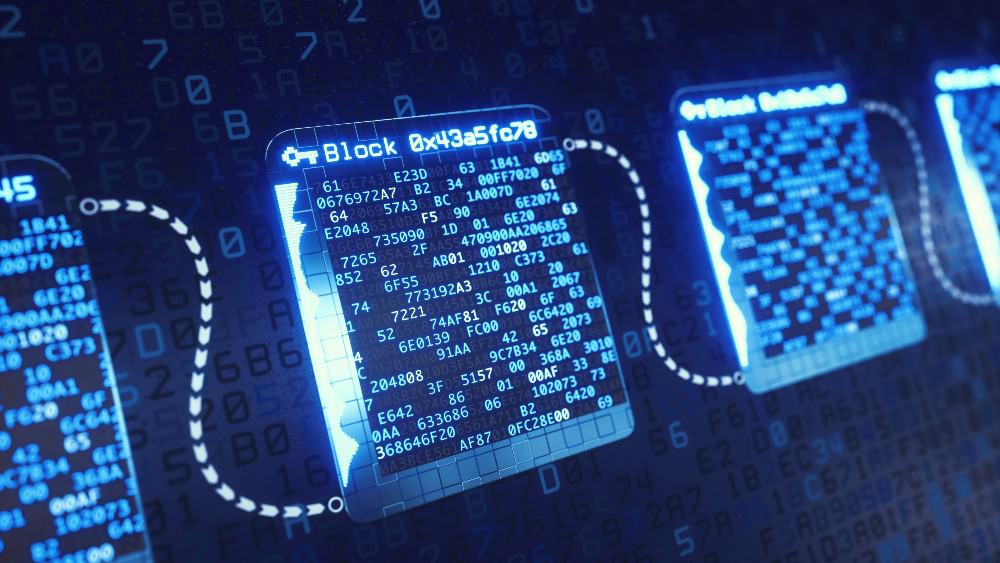Lately, there have been several high-potential cryptocurrencies and blockchain networks making waves in the industry, one of which is Cardano (CRYPTO:ADA).
Cardano is a blockchain network with smart contract functionality. It’s similar in many ways to the much more popular Ethereum. Its native token ADA is used to pay for transactions on the blockchain, much like Ether does on Ethereum’s blockchain.
Ethereum is one of the most significant innovations to come from the cryptocurrency industry and a significant step up from blockchain networks like Bitcoin.
But while the ideas behind Ethereum have been revolutionary, much like Bitcoin, because it was the first blockchain network of its kind, it has some pretty significant drawbacks, which is what’s allowed many competitors, including Cardano, to threaten Ethereum’s dominance.
Why is Cardano seemingly that much better than Ethereum today?
One of the biggest issues with Ethereum is that while its technology is great when it was first created, it wasn’t very scalable. And because it’s been the most actively used blockchain for years, the fact that it could only process 15 transactions per second is what made transactions so expensive.
Cardano, however, from the outset, was created to be a lot more scalable. In fact, two of its founders were actually co-founders of Ethereum. Cardano’s network has the potential to be much faster because it uses two layers. By implementing a settlement layer and a computational layer, Cardano ensures unlimited scalability and quick transactions.
This ultimately leads to many more transactions per second and, therefore, cheaper transaction fees, which is why investors think Cardano has so much potential to continue skyrocketing.
Is Cardano a no-brainer buy today?
While Cardano certainly looks like it offers potential, there are still some significant downsides to Cardano though, too. One of the most significant drawbacks is how long it’s taken to develop the blockchain.
When Cardano was first announced, and it was reported to be a multi-chain network that was a significant development. By now, though, several competitors have multiple chains, and Cardano continues to face stiff competition.
Plus, because it’s still in development, you risk gaining exposure to a blockchain that, while promising, has to develop quicker and more significantly than many other competitors while also trying to take over the top spot from Ethereum.
Another issue that Cardano could face is attracting enough developers. The best way to grow a blockchain’s ecosystem is to have as many developers as possible building projects on your blockchain, because that’s how you attract users.
So, not only will Cardano have to attract more developers as it continues to roll out upgrades to its network, but it’s competing with Ethereum, which has a massive ecosystem of developers building on it or other compatible chains.
Bottom line
Cardano is certainly one of the highest-potential cryptocurrency investments you can make today. However, it isn’t the only competitor vying to take the top spot from Ethereum. With that being said, though, if you’re looking to make a long-term investment, Cardano is certainly worth consideration.
Just like investing in stocks, it’s worth it to diversify and own different investments. So, if you’re wondering whether you should buy Cardano, it’s certainly worth an investment. But personally, I’d still have more exposure to Ether.








